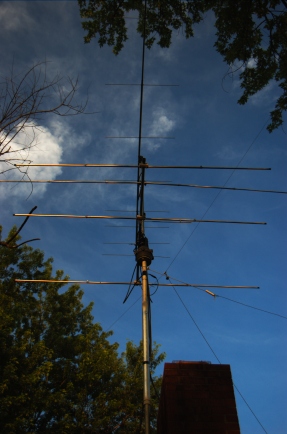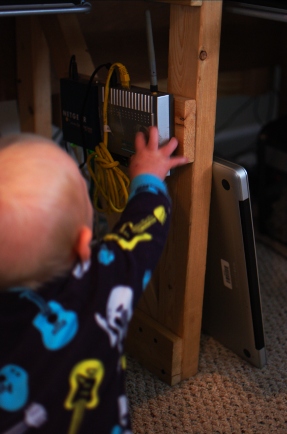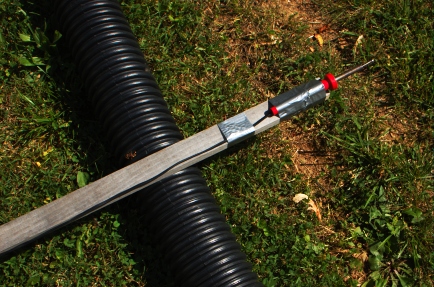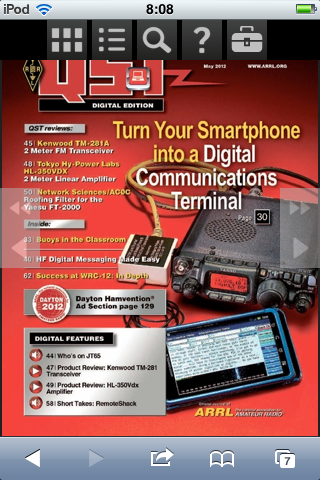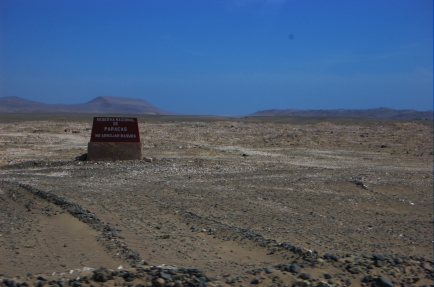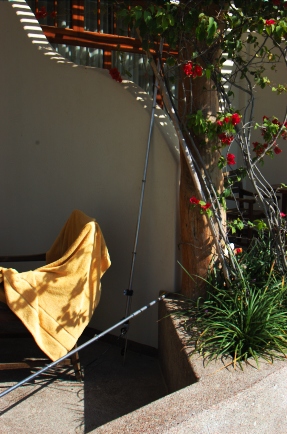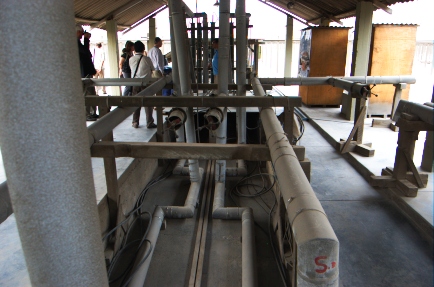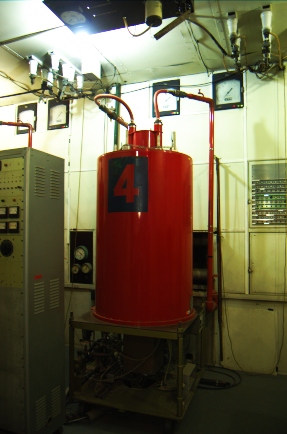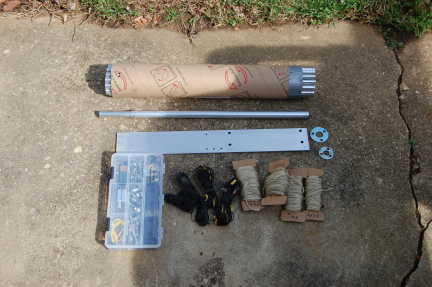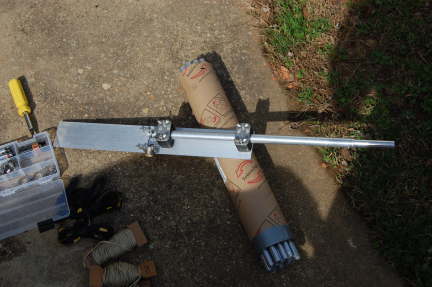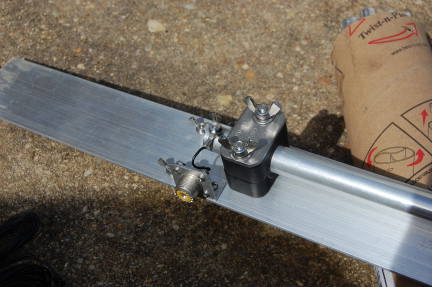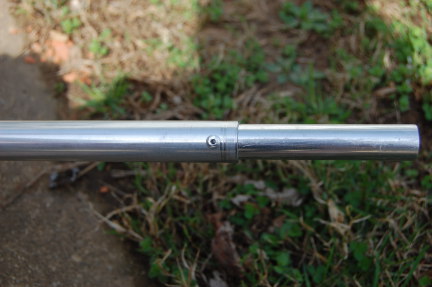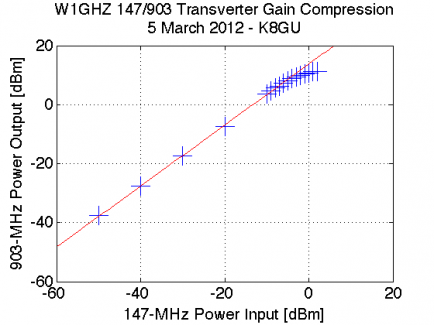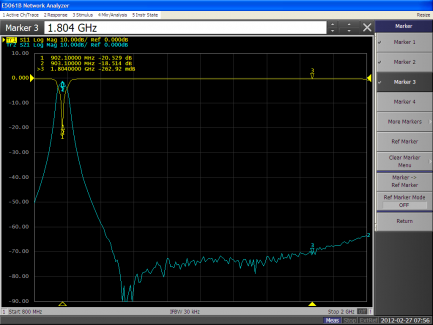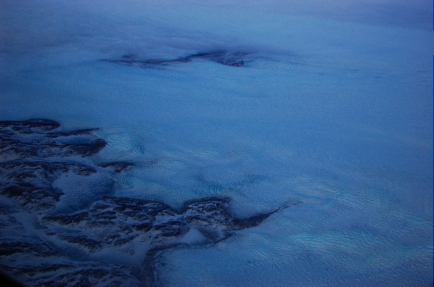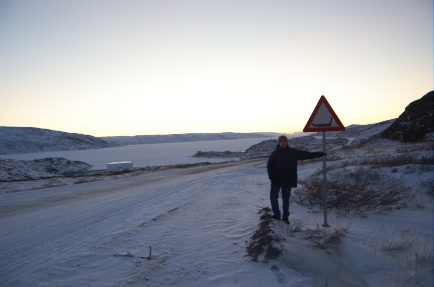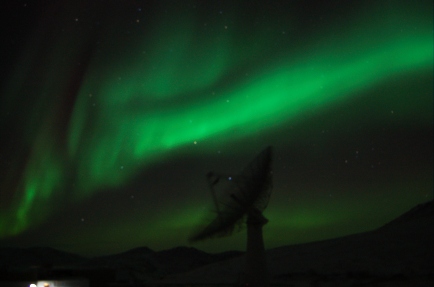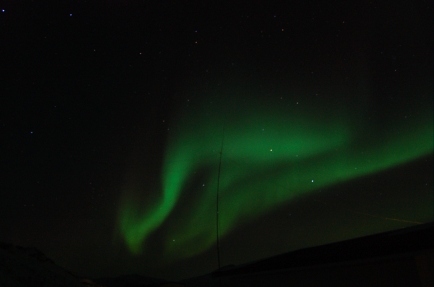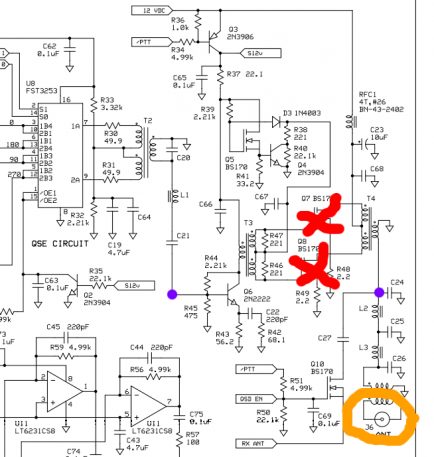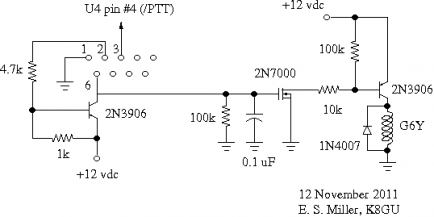I try not to do these “meta-posts” too often, but time has been of the essence lately and it’s been hard to find enough time to sit down and write something coherent when most of my “ham time” has been devoted to DXing or antenna work. This post covers tinkering and operating from K8GU since January (!!).
I am not at Dayton this year.
Worked 7O6T on three bands (20/17/15) on CW and also on 20-meter SSB. The only one I spent more than five minutes for was 20CW, which was during the first few days of the operation. Normally, I would have waited, but since this was in the land of pirates and AQAP, I decided to play it safe in case there was an international incident that curtailed the operation. My friend Steve, K0SR, gave me a hard time when I bragged about working them with 100 watts and a dipole. You can do that on the East Coast. He’s right. DXing and DX contesting from the Upper Midwest (aka The Black Hole) is hard.
Did not work 6O0CW (Somalia) or 9M0L (Spratly). XX9E (Macao) is doubtful since it’s a short DXpedition and I’ve only heard them once so far.
My 2011 Sweepstakes “Clean Sweep” mug arrived. Sarah banished it from the kitchen because it’s canary yellow. I think it’s hand-wash anyway, so it will continue to hold baby-proofing outlet covers and look good on the top shelf in my shack next to the liquid-crystal painted Jicamarca mug. Speaking of baby-proofing, Evan is on the move…
I built a gate that fits in the aperture of my shack desk. An unintentional feature of this is that I can still reach the keyboards through a gap at the top. It’s a little hard to send CW through there. But, it keeps curious Evan away from the jungle of wires that make up this “wireless” station.
In January, I took down my VHF antennas from the main house chimney. I had estimated the wind surface area of the chimney and determined that the wind load of the antennas increased it by 15-20%. Since I know that the guys (it was built in 1946ish, so yes, guys) who built the house didn’t do any calculations I figured that the safety factor was at least a factor of two. But, I was growing increasingly uneasy about the torque exerted by the antennas on the chimney, so I took them down.
In March, I had the opportunity to pick up (from K3AJ, who beat me by three QSOs in ARRL SS CW last year…need to be disciplined since I left 4 hours on the table) a M2 2M9SSB Yagi for two meters on great terms (per usual). This antenna is lighter and stronger than the homebrew K1FO that I had been using. I cut up the elements from the 2-meter K1FO to make Yagis (also K1FO designs) for 222 and 432 on 10-foot booms. Need to finish those and put them up.
We have another, shorter chimney on the addition that houses my hamshack. This chimney has served as the anchor for my 10-meter rotable (by the Armstrong method) dipole for a while now. Branches from a nearby tree have impinged on the rotation somewhat, but since it’s bidirectional it hasn’t been a big deal. But, I decided that this might be a good location for the new 2M9SSB, the A50-3S (3-el 6-meter Yagi), and the 10-meter dipole. I himmed and I hawed. Then, I climbed the tree and sawed. It’s a miracle I didn’t end up with poison ivy.
I upgraded the 10-meter dipole using hardware from DX Engineering so it could be mounted to a mast (old method was not mechanically sound, especially for something that would be rotated with a T2X).
A few weeks ago, I assembled and installed the whole mess…see photo at the top of the post. I’m now using a Hy-Gain T2X (purchased at Dayton in 2005—I showed up at my in-laws’ grinning ear-to-ear with the motor in one hand in the control box in the other—they still love to tell this story) instead of a CDE TR-2 rotator. The T2X can probably turn the house.
A spring wind storm dislodged the branch that supported my 80-meter wire vertical and one end of the 20-meter dipole. So, I cleaned that up last weekend. By “cleaned,” I mean I took both of those antennas down. I also took down the 160-meter TEE because one of the TEE wires was very close to the new VHF array. At this point, I was only QRV on the “Technician bands”…minus 80…40/15/10/6/2. I almost got the 160-meter wire all the way out of the tree except the rope that supported the center (TEE junction) bound up with the junction about 10 feet off the ground. So, I improvised a hot knife on a stick to cut the poly rope:
It worked great. As she should have, Sarah gave me a hard time. There are two types of people: those who watch Red Green and there are those who inspire Red Green.
Taking a wonderful brilliant hint from N4YDU, I replaced my 30-meter coax-fed dipole with a 30-meter open-wire-fed dipole. While I prefer resonant single-band antennas for contesting (clean patterns and nothing to touch when changing bands), every other kind of operation can tolerate tune-up. The open-wire-fed 30-meter dipole not only tunes well on 17 and 12 meters, it just has a slightly narrower pattern! An aside: After the 2010 ARRL 10-meter contest, I posted to the PVRC reflector that I had been running 100 watts to a dipole at 30 feet. This prompted my neighbor (who lives about 2 miles away, a neighbor for bands below 76 GHz) K3KU to pay me a visit because I had beat him in every pileup that weekend. He thought surely I was running a KW to 5 elements at 60 feet! He runs an open-wire fed 135-foot long dipole on all bands through a tuner. The pattern of that antenna looks like a sea anemone on 10 meters!
Worked D3AA on the third call on 30-meter CW last night. So, I guess that antenna is working. Also worked VP9GE on 6 meters. There’s a certain amount of satisfaction working DX with a transverter you designed (mostly) and built yourself.
I have a wicked RFI problem on 6 meters when I run the amp (150-watt Mirage brick). It’s probably RF on the power lines, although it doesn’t set off the CO detector like 40 meters does. So, it could be RF pick up on the audio wiring in my shack. In any case, need to get that worked out before the ARRL June Es contest.
